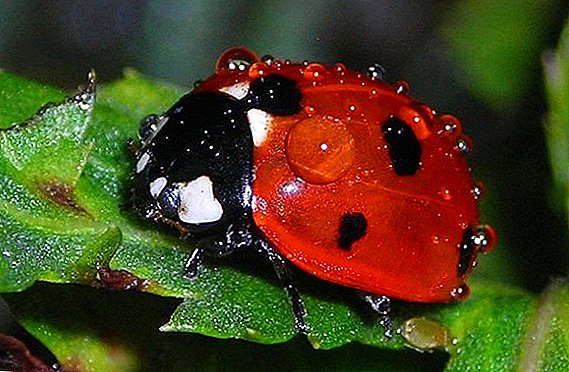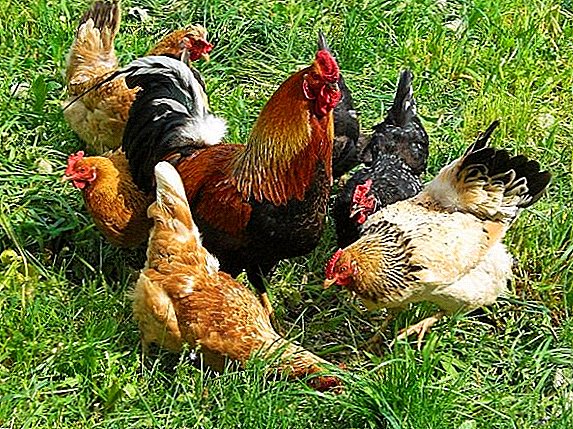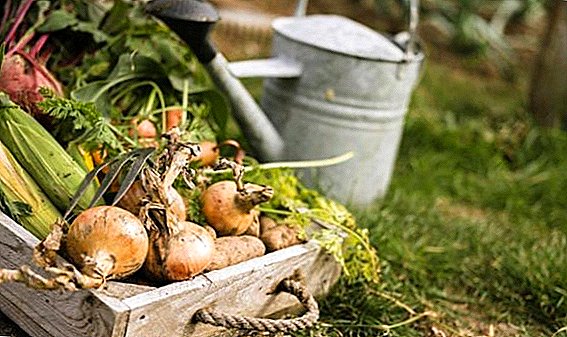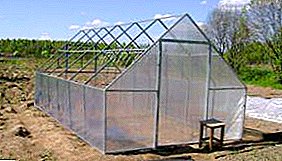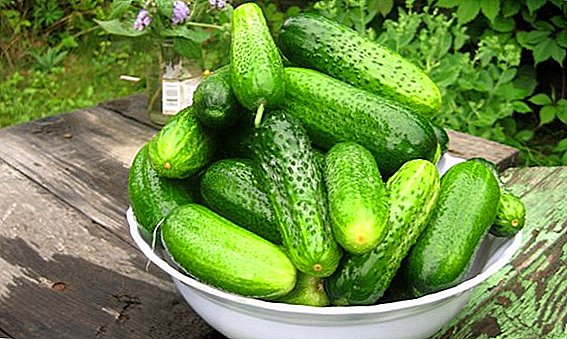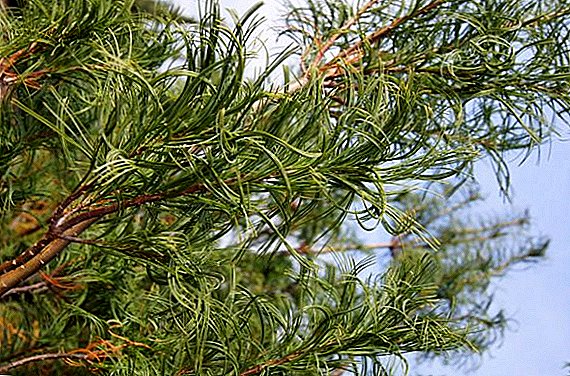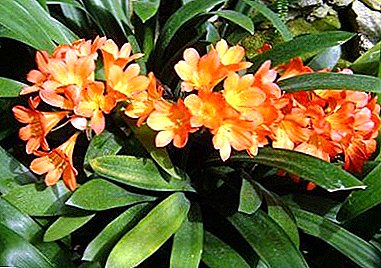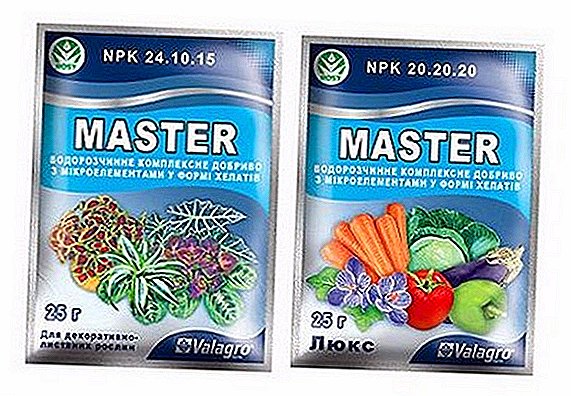
Shrew - one of the types of shrews. Despite the constant proximity to the person, it is very difficult to see because of the secretive way of life.
Very often shrew confused with the mouseHowever, its main difference is a narrow elongated muzzle. The animal is not a pest, but helps to fight against various insects.
Appearance
The shrew genus includes about 130 species, which differ from each other not only in their habitat, but also in size. These are small animals, the distinctive features of which are the long tail and elongated muzzle.
Body size can range from 5 to 10 cm, depending on the species. Tail - from 3.5 to 7.5 cm. Weight - from 2.5 to 15 grams. 
The whole body is covered with fine dark hair, in most species - brownish-gray. The belly is light. The tail has a coating in the form of thick short hair.
Tops of teeth have brownish red color - thanks to this, the animal got its name. However, the older the shrew, the stronger the teeth are erased in her, and this color may gradually disappear. Tooth formula shrew: incisors 3/2, tusks 1/0, premolars 3/1, basic 3/3.
The ears are small, almost do not protrude above the surface of the coat. The eyes are black, but due to the predominantly underground lifestyle, the vision is poor and poorly developed.
As a result, the animal searches for food using a powerful sense of smell or echolocation.
Shrews - one of the oldest the branches of mammals, and their teeth have a clear division into canines, incisors, indigenous.
Animal prints are shallow, small, usually arranged in pairs. When there is no hard crust on the snow, there remains a clearly visible imprint of the tail.
Distribution and reproduction
Shrews are common in many countries. Most often they are found in North America, northern Asia, and Europe.
This is the most common type of shrew that can live in any conditions - forests, forest-steppe, tundra, sometimes even in the floodplains of steppe rivers and meadows. Does not settle on wetlands.
There are about 15 species in Russia that are difficult to distinguish from each other. The main features here are the details of the structure of the body and the genitals.
 They live everywhere, starting from Moscow and ending with the Primorsky Territory and Sakhalin.
They live everywhere, starting from Moscow and ending with the Primorsky Territory and Sakhalin.
In the taiga zone, the normal number of animals is in the range of 200-600 individuals per hectare, in conditions of tundra - 3-5 times less.
The average lifespan of the shrew is 1-1.5 years. It begins to multiply in the second year, immediately after the end of the winter period.
Creates nests in the form of a ball of plant stems, which is located under the stumps and roots of trees. Pregnancy lasts an average of 20 days.
Young individuals leave the nest on the 20th day after birth. During the season, the shrew leaves 3 litters, and in the first there are 8-10 pups, and in the latter - only 3-4. The second litter appears after the grown individuals leave the nest from the first.
Lifestyle
Shrew active throughout the yearand they endure the winter without hibernating. During the day, they spend a lot of activity at dusk and at night.
Although the animal enters genus of shrews, independently it does not build holes, but uses ready-made mazes of underground animals, moles, natural cracks and dips in the ground.
They can tread passages under the forest floor and in the thick of snow (passage diameter 2 cm).
In winter, they practically do not rise from under the snow, but if it is impossible to dig up insect larvae from frozen soil, they move along the surface in search of plant seeds.
REFERENCE! In the absence of food dies in a few hours.
The shrew shrew has a very high metabolic rate - it eats up to 150% of its body weight, 15 grams of animal food or 20 grams of fish per day.
The frequency of eating depends on the size - the smaller the animal, the more often you need to eat. For example, a tiny shrew should eat food 78 times a day!
During the winter season, the volume of seeds and plant foods in the diet increases. There are cases of stockpiling at this time from earthworms.
Also for successful wintering there are innate protective processes - in the autumn period there is a serious decrease in body weight and its volume, which includes all the internal organs, including the brain.
In the spring, before the onset of the breeding season, the body returns to its normal size.
A photo
See below: shrew photos





Distinctive features from other rodents
Shrew often confused with mice. Their main differences are small eyes, a long elongated muzzle with inconspicuous ears, a reddish hue of the teeth.
Benefit and harm
Shrews are predominantly insectivorous animals, and therefore usually do not damage agricultural landings.
However they can in winter wade in houses, barns, sheds to search for food, like plant (seeds), like the larvae of sleeping insects.
At the same time, thanks to the constant search for food, the animal destroys a huge number of insect pests, including those wintering in the litter and in the upper soil layer.
Her basic diet they are made up of worms, larvae, spiders, woodlice, including such pests as slugs, khruschi, bearfish, leaf beetles, weevils, moth caterpillars and scoop.
In case of a strong hunger, the shrew attacks the ground beetles or small mice.
IMPORTANT! If the desire to get rid of the animal in the area still exceeds the benefits it can bring, it is best to use non-fatal methods - for example, ultrasonic repellents.
Conclusion
Shrew - These are small animals from the shrews family. They are common in many parts of the world, live in almost the entire territory of Russia. They do not build their own moves using ready-made underground passages of other animals.
They feed on insects and their larvae than bring great benefits home and farm. Harvest can only be affected if there is a severe shortage of feed.


